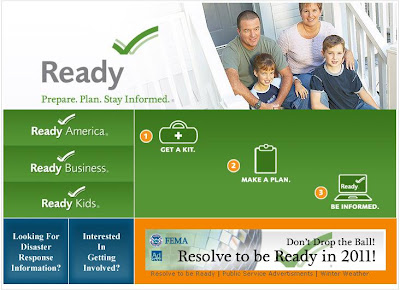
Agricultural irrigation consumes 69% of the available fresh water worldwide.
By comparison, industry uses only 22% and households only use 8%. The remaining 1% is used for recreation and artificial environmental habitats.
The whole toilet discussion yesterday only accounts for 3% of all water use. It is significant, but pales in comparison to irrigation.
People have to eat. I agree. But what are we eating?
 Approaching a Trillion tons Annual Global Food Trade)Food Miles
Approaching a Trillion tons Annual Global Food Trade)Food Miles. The term 'food miles' refers to the distance food travels from farm to plate. Acording to the
National Sustainable Agriculture Information Service (ATTRA) this distance has been steadily increasing over the last fifty years. Studies estimate that processed food in the United States now travels over 1,300 miles, and fresh produce travels over 1,500 miles, before being consumed.
We'll ignore the fact that packages of processed food either require refrigeration or are mostly air ("contents may have settled...") or are mostly water. And for the moment we'll also ignore the chemicals and "picked green" issue with fresh produce.
Eating a diet that requires lots of "food miles" is kind of nuts. Talk about a profligate waste of fossil fuel!
 Water Use
Water Use. Then there is the way water is used to produce crops in the world's bread baskets. California is one such place. Simple measures can be taken to reduce the current water use (or waste), such as
these water conservation and irrigation improvement measures recommended by the California Department of Water Resources.
Even so, traditional soil agriculture uses 10 times as much water as aquaponics and 4 times as much energy. Aquaponics combines aquaculture (raising of fish) with hydroponics (raising plants in nutrient water). In both aquaculture and hydroponic systems, water must be replaced periodically or heavily treated. In aquaponic systems, there is no need to discard water. The fish waste nourishes the plants, which clean the water for the fish. The only necessary water use is replacement of water lost through transpiration from the leaves of the crop.

I've heard people talk about eating 100 mile diets, where they will only eat stuff they know was locally grown. With aquaponics, such a diet need not be limited to whatever crop your region grows in bulk. Nor need one subsist just on lettuce. I've seen systems where growers are raising banana and papaya trees.
I've set up my own 100 gallon system in the basement, which will have cost me less than $700 for everything, including the lights and fish. Because the footprint of the whole system is less than 3 feet by 5 feet, I call it
3x5 aquaponics. I'm not selling anything - in fact my object was to design an affordable system that anyone could put together from locally-available bits (Lowes or Home Depot, the local agricultural store (usually a mere 20 minute ride from wherever you live).
It's early days, so I'm not at a stage where I can go downstairs and harvest dinner from my own basement.
Yet.













